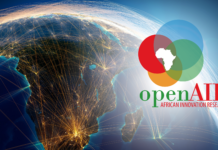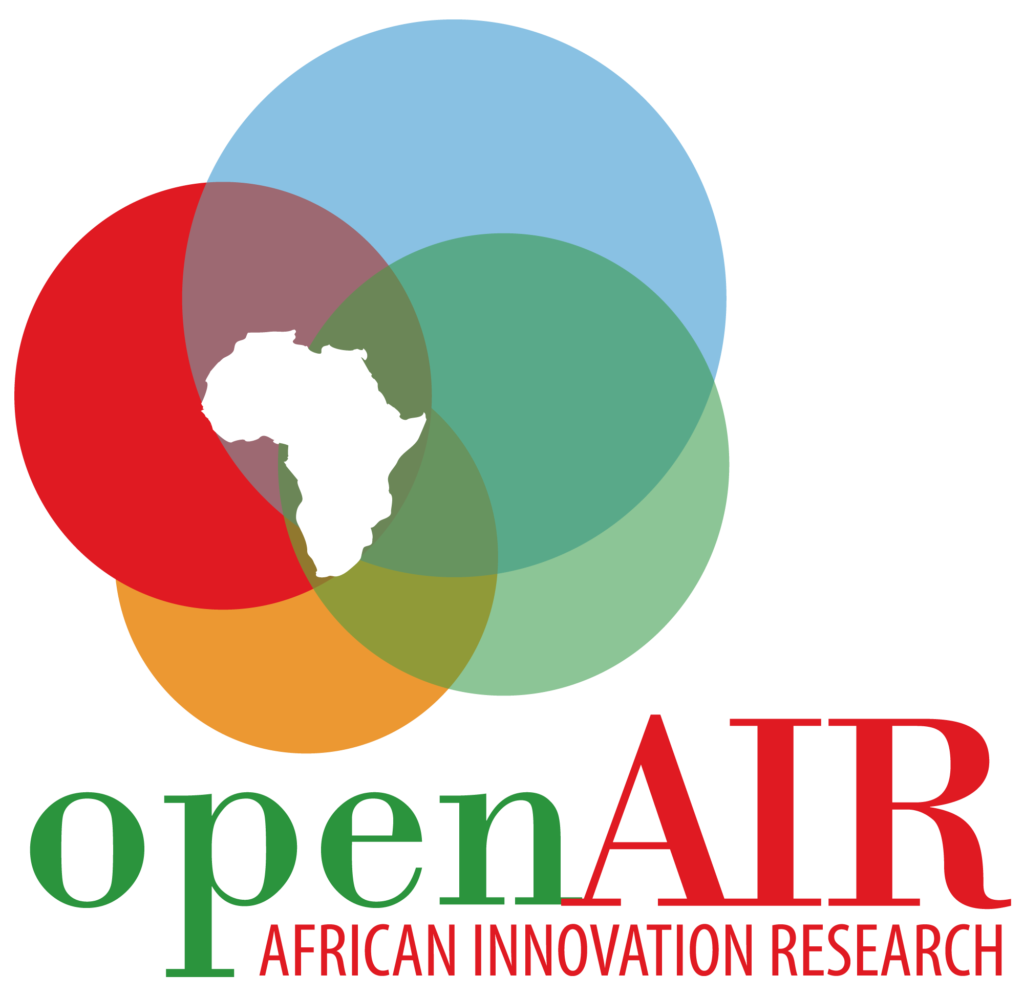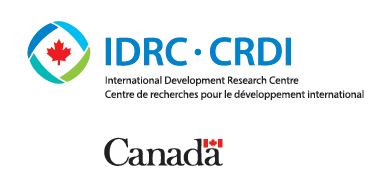There have been significant global efforts to meet Sustainable Development Goal (SDG) 7 – to ensure access to reliable, affordable and sustainable energy for all – but challenges still remain. Globally, 800 million people still lack access to electricity, with 85% being in rural areas. In Africa, the number is around 548 million people according to the International Energy Agency. Transitioning toward a low-carbon energy system offers the opportunity to provide access to sustainable energy to underserved populations. Renewable energies and off-grid systems can provide solutions for people in rural areas who lack access to centralized electricity grids. Sub-Saharan Africa is leading the way in the rise of off-grid solar solutions in Pay-As-You-Go (PAYG) technologies.
What are Pay-As-You-Go (PAYG) Solar Systems?
PAYG solar systems are an innovation that was developed to address the challenges of access to electricity, by using energy generated from solar panels at affordable prices with payments facilitated by technologies. PAYG utilises an innovative combination of mobile banking and machine-to-machine (M2M) technologies to facilitate payments plans. The PAYG business model uses Solar Home Systems (SHSs) technologies to provide electricity to customers, who are able to make flexible payments through mobile money to their energy providers. Customers receive different SHS packages depending on the type of subscription. PAYG service providers offer either a “lease-to-own” model or a “usage-based payment” model.
The primary purpose of PAYG solar services is the provision of access to affordable, reliable and sustainable electricity for low-income populations. PAYG solar services offer minimal instalment costs and help customers build ownership over time through micro-payments. This also contributes to the shift from the use of kerosene lanterns and diesel generators to clean solar energy. This contributes to cleaner air – and thereby healthier breathing – within the household and a reduction of greenhouse gas emissions. The time and financial resources required for the purchase of diesel, kerosene, or other pollutants lighting options are limited if not eliminated. In addition, this technology allows for a faster implementation of rural electrification through decentralised solutions.
Implementation of PAYG services across Sub-Saharan Africa
PAYG solar providers in Sub-Saharan Africa are mostly concentrated in Eastern and Southern Africa but are now evolving across Africa, particularly in West African countries. M-KOPA pioneered and kick-started the wider PAYG solar market in Kenya in early 2010. In Cote d’Ivoire and Senegal, the provider Bboxx started providing its services in 2018.
Key drivers for the implementation of PAYG solar systems are the extensive use of mobile payments technologies, availability of sunlight, and declining costs of solar panels and batteries. PAYG solar providers design, manufacture or import, and distribute decentralised renewable energy solutions.
PAYG solar companies also provide flexible financing mechanisms to allow low-income customers to subscribe. Under the lease-to-own model, customers pay for the entire SHS in small instalments over a period of one to three years. The price ranges between a total of USD 150 and 1000, depending on the type of subscription and appliances selected. Under the usage-based payment model, customers prepay their energy consumption through prepaid meters. This can be weekly, monthly, or even daily. The service is switched off in case of non-payment. In case a customer consistently fails to make their payments, providers can remove the system after a deadline. Unlike the lease-to-own model, customers do not have the possibility to own the system in the usage-based payment model.
Potential for transformative changes
PAYG solar technologies provide an opportunity for rapid, transformative changes. PAYG solar providers enable the financial and digital inclusion of customers as well as access to energy solutions for agricultural and cooking activities. Bboxx reports that they have provided access to clean energy for more than 2 million people in Africa and Asia, using Solar Home Systems. About 113,806 of these people undertake more economic activities using Bboxx products. Many people are getting additional income from providing phone charging, cold storage, catering services, and other activities.
PAYG systems allow for the financial inclusion of people who do not have access to traditional finance or banking mechanisms. Some providers go further by offering loans and microfinance services to their eligible customers, which can be used for school tuition fees or investment capital for businesses. A couple of providers have technology solutions for irrigation using solar powered water pump systems and for cooking with Liquefied Petroleum Gas (LPG) cylinders and stoves. According to Bboxx, at the environmental level, 642,236 metric tons of CO2 emissions have been avoided and 1,735,773 kerosene lamps were replaced.
PAYG solar users get various other benefits from adopting these technologies as well. These can include higher revenues due to sales increase from long lighting hours, better academic results from longer study hours, and diversification of economic activities.
PAYG models have the potential to transform the power sector and people’s lives by improving energy access through distributed solar Photovoltaic (PV) systems, and by enabling other innovating business models.
Note: banner photo by Riccardo Annandale at Unsplash.










